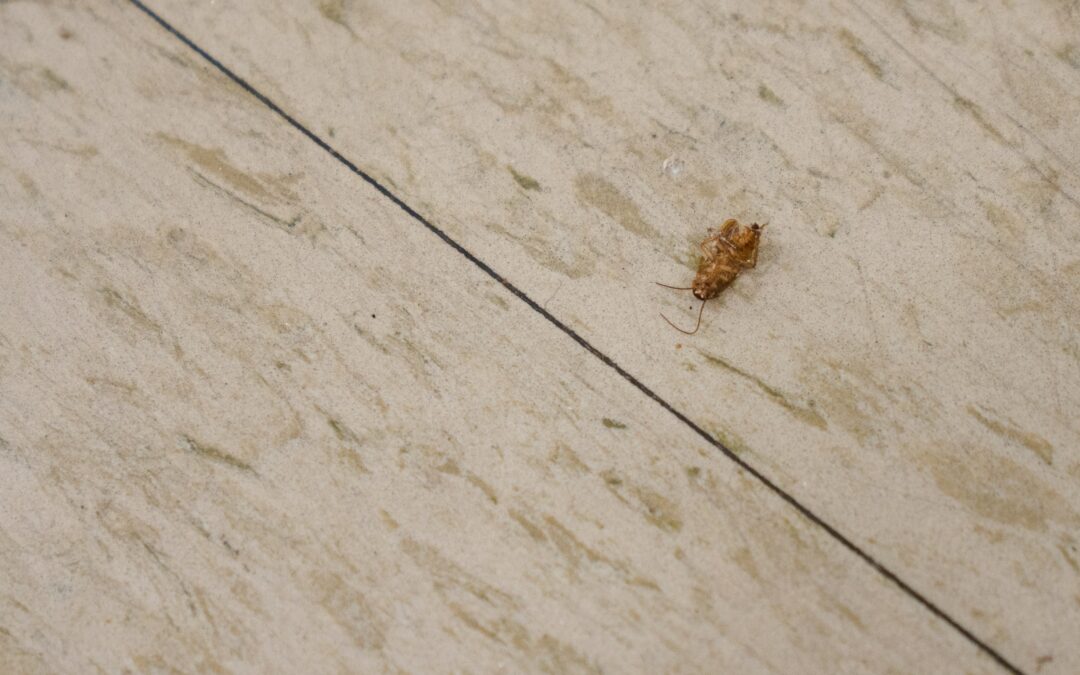The vast majority of insect species dwell in natural undisturbed habitats where they rarely, if ever, make contact with humans. A very small number of insects thrive in urban and suburban areas, and many of these have earned a reputation as “pests” for their habit of repeatedly invading homes where they pose a nuisance to residents. In addition to nuisance insects, Massachusetts is home to a handful of insect and arachnid house pests that can be dangerous to humans.
The indoor insect and arachnid pests that are commonly known for being “medically significant” include fire ants, wasps, scorpions, black widow spiders, and other venomous arthropods. Certain spider and scorpion species are only dangerous on account of the toxic venom they inject into the bloodstream, but other arachnid groups like mites and ticks are dangerous for both spreading disease and inflicting bites that can cause serious allergic reactions, such as anaphylactic shock.
Much like certain cockroach pest species, dust mites serve as a source of indoor allergens. Bed bugs are also known for inflicting bites that cause serious allergic reactions in a small number of sensitive individuals, and it is now well known that living within bed bug infested conditions can have negative and long-lasting mental health consequences. Because of this, bed bugs, and several other arthropod pests mentioned above, are officially categorized as a public health threat in the US.
For a few years following the resurgence of bed bugs, public health agencies in the US did not consider bed bugs “medically significant” because, unlike most bloodsucking arthropod pests, bed bugs do not transmit disease. However, this changed in 2002 when the Environmental Protection Agency, the Center for Disease Control and Prevention, and the US Department of Agriculture officially added bed bugs to their list of “pests of significant public health importance.” In Massachusetts, arthropod house pests that are federally recognized as posing a public health threat include cockroaches, mosquitoes, ticks and lice.
The cockroach pest species that are now known to be a significant source of indoor allergens that contribute to the development of childhood asthma include German, American, Oriental, brown-banded and smokybrown cockroaches, and with the exception of the smokybrown cockroaches, all of these species are common in Massachusetts. The Food and Drug Administration has categorized house flies, German cockroaches, and Pharaoh ants as disease threat, as they mechanically transmit disease-causing microorganisms to human food sources. Although last year’s EEE outbreak in Massachusetts shows that mosquitoes are becoming more dangerous to residents, they do not come close to matching the disease threat posed by ticks in the region. Repellents containing DEET or picaridin have been found to effectively protect people from both tick and mosquito bites.
Have you encountered ticks in your yard this year?

